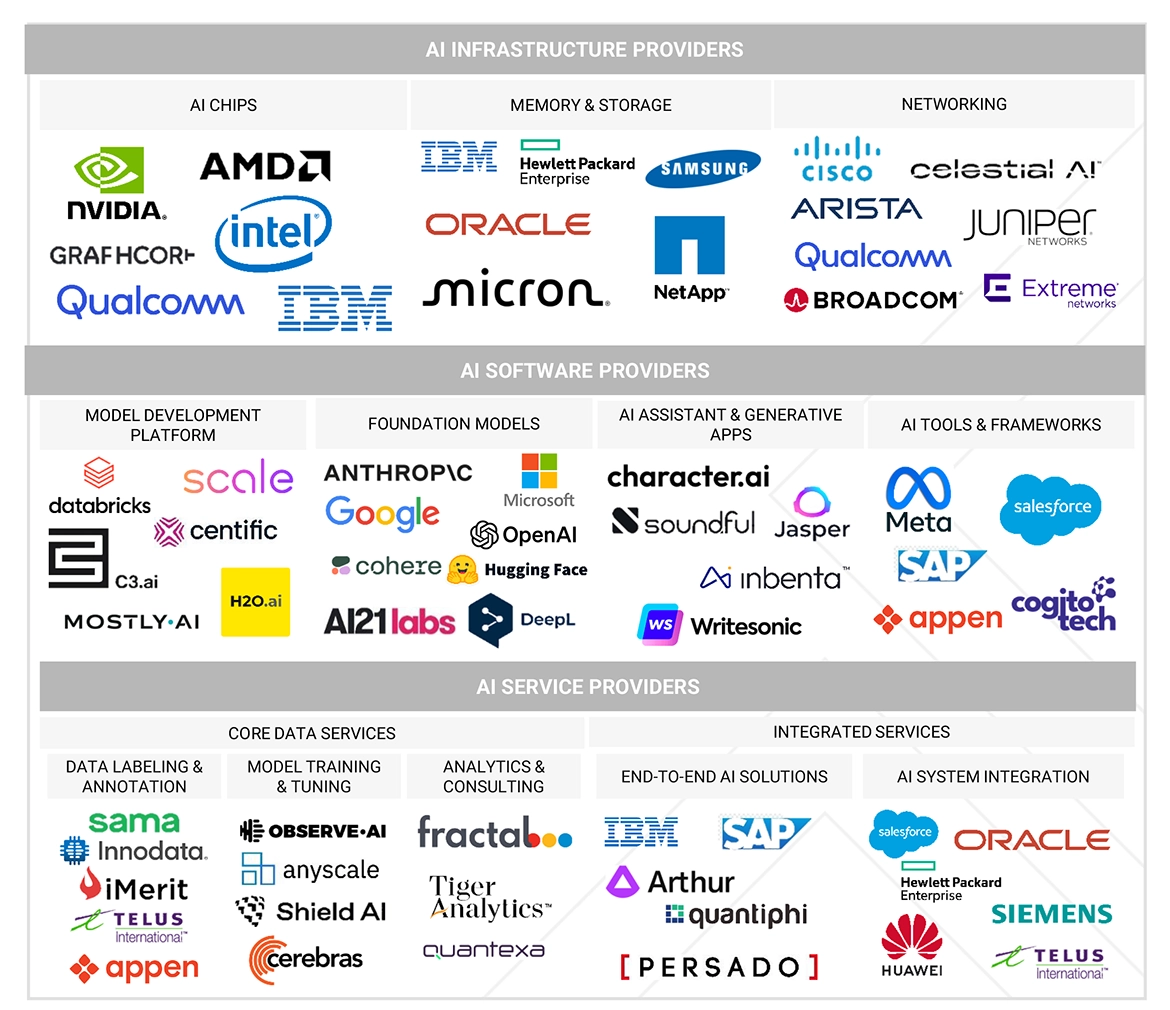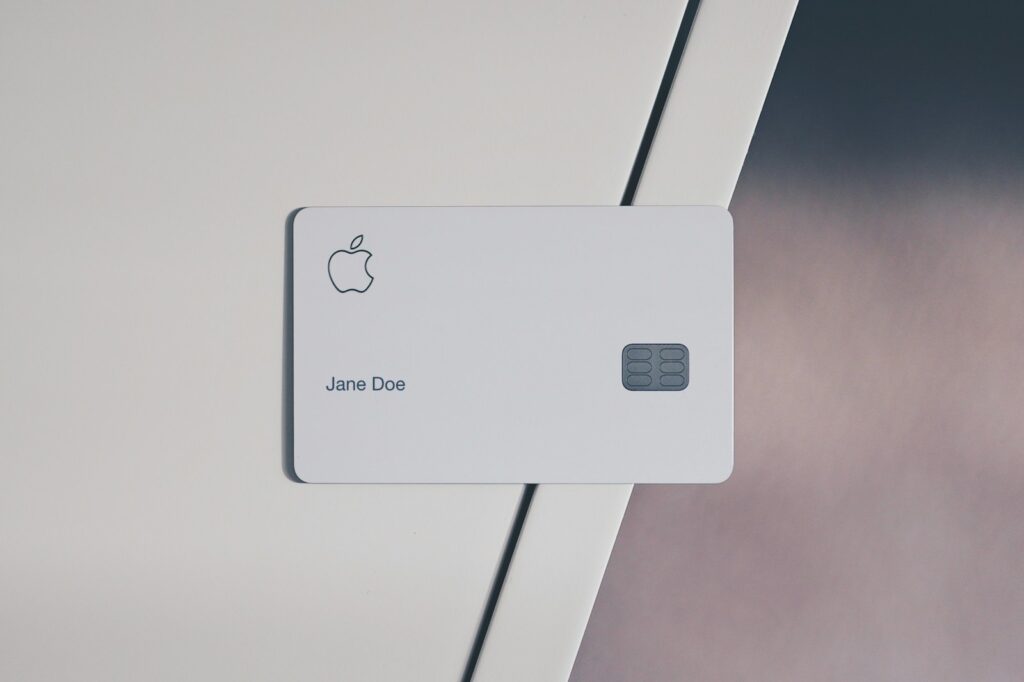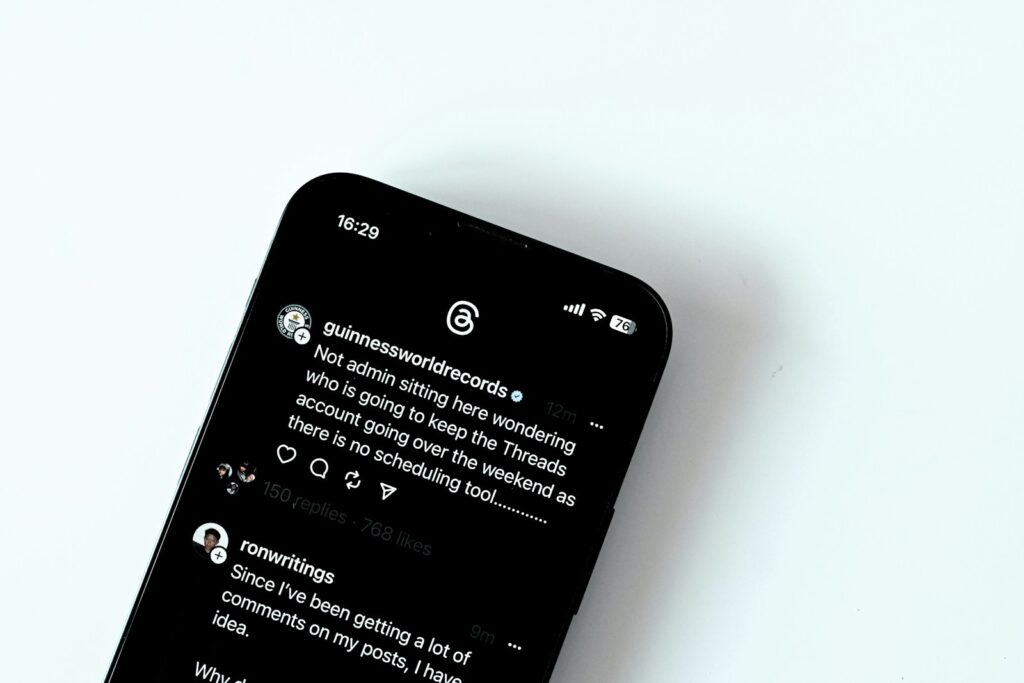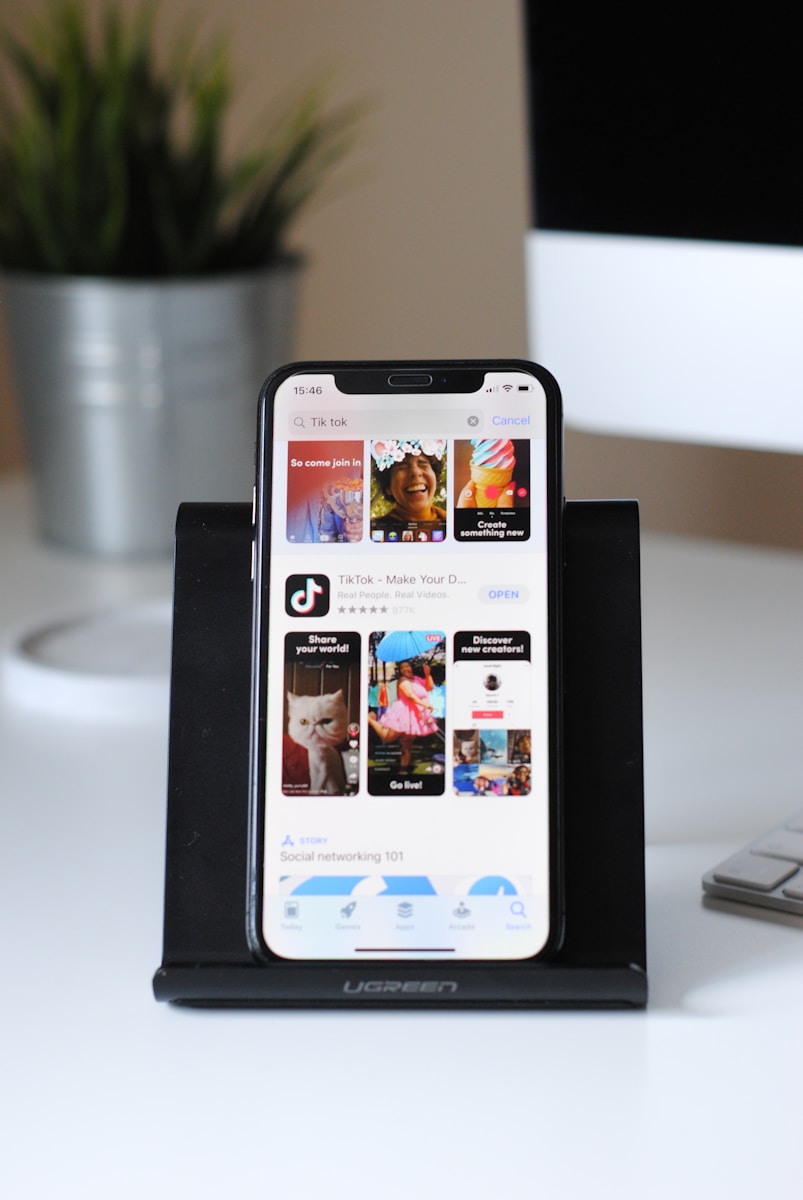
In the sprawling, interconnected landscape of modern technology, few companies command the kind of fervent loyalty and intense scrutiny that Apple does. For decades, the Cupertino giant has cultivated an ecosystem renowned for its seamless integration, intuitive user experience, and, crucially, its tightly controlled environment. This deliberate architectural choice has been both a hallmark of its success and a persistent point of contention, especially as regulatory bodies and a segment of the user base increasingly push for greater openness.
The debate over whether Apple should open its platforms to external applications, specifically through mechanisms like sideloading, is not merely a technical one; it’s a profound ideological clash rooted in differing philosophies about control, security, and consumer choice. While the immediate focus often lands on legislative pressures, understanding Apple’s current stance requires a deep dive into its historical journey, tracing the evolution of its design principles and strategic decisions that have consistently prioritized a curated, managed experience over unfettered access.
From the very genesis of its groundbreaking innovations to the current challenges posed by digital market regulations, Apple’s refusal to simply “open up” is far from a whimsical decision. Instead, it’s a complex interplay of historical precedent, deeply ingrained design philosophies, and a persistent concern for user privacy and data security. As we navigate this intricate landscape, it becomes clear that Apple’s position is a logical extension of its identity, refined through decades of market battles and technological evolution, aiming to deliver what it perceives as the optimal user experience.
1. **The Genesis of User-Friendly Control: GUI and the Mouse**Apple’s enduring philosophy of a controlled, intuitive user experience can be traced directly back to its revolutionary innovations developed at PARC. Here, the company was introduced to three game-changing features: the functional graphical user interface (GUI) with on-screen windows, the pointing device known as a mouse, and the use of icons (pictographs) to replace cumbersome command line instructions. These weren’t just new features; they represented a paradigm shift towards making computing accessible and understandable to the masses.
The integration of these elements into projects like the Apple Lisa (1983) and the Apple Macintosh (1984) wasn’t accidental. It was a conscious design choice to lower the barrier to entry for personal computing. By simplifying interactions and providing a visual, predictable environment, Apple implicitly took on the role of curator, ensuring that the user’s experience was guided and consistently positive. This laid the groundwork for an ecosystem where the company exerted significant control over how users interacted with their devices and, by extension, the software running on them.
This early commitment to a functionally cohesive and visually harmonious system meant that every component, from hardware to software, was designed to work in concert. The very concept of a GUI was about abstracting complexity, presenting a clean, predictable interface. This inherent design choice fostered an environment where external elements, if not carefully integrated, could disrupt the intended user experience, sowing the first seeds of a preference for a more controlled platform.
2. **Early Ecosystem Control: Lisa and Macintosh Strategy**Following the PARC revelations, Apple embarked on a mission to develop low-cost and user-friendly personal computers that would introduce the GUI and mouse to mass consumers. The Apple Lisa and Apple Macintosh, while both sporting these innovative features, were meticulously designed to appeal to different audiences, a strategic move that underscored Apple’s early understanding of market segmentation and tailored user experiences.
The Lisa, geared toward business professionals, and the Macintosh, targeting the broader consumer market, exemplified Apple’s approach to delivering specific experiences for distinct user groups. While the Lisa struggled commercially due to its exorbitant price tag ($9,995 compared to the IBM PC’s cost) and numerous hardware incompatibilities, the Macintosh, at a more affordable $2,500, aimed for wider accessibility. This early differentiation wasn’t just about price; it was about curating a product for a specific use case, ensuring that the software and hardware were optimized for that purpose.
The integrated, all-in-one design of the Macintosh, coupled with its user-friendly GUI, made it accessible and appealing, not just to businesses and technical users, but crucially, to general consumers. This strategic product development, even amidst early commercial struggles for the Mac, reinforced the idea that Apple could best serve its users by designing and controlling the entire experience, from the operating system down to how applications were perceived and used. It wasn’t about a free-for-all; it was about a carefully constructed garden.

3. **Lessons from Competition: IBM’s Open Model vs. Apple’s Integrated Approach**Apple’s early years were marked by a historic growth rate, netting over $100 million by 1980 and a significant IPO. However, a formidable contender soon emerged: IBM. In 1981, IBM launched its own version of the personal computer, dramatically breaking with its tradition of using only proprietary hardware and software. Instead, IBM opted for readily available components, including an Intel microprocessor and Microsoft’s DOS.
This open architecture decision by IBM had profound implications, enabling other manufacturers to use similar components and license DOS. This fostered a wide IBM PC-compatible market, attracting new software developers who could count on a broad audience. The emergence of “killer apps” like Lotus 1-2-3, which propelled hardware sales, demonstrated the power of an open platform to rapidly innovate and expand. IBM’s PC quickly gained popularity in the business community, dealing a “fatal blow” to the yet-to-be-released Apple Lisa, which aimed at the same market.
This stark contrast between IBM’s open, component-driven model and Apple’s more integrated, controlled approach provided a critical early lesson. While IBM leveraged openness for rapid market penetration and third-party development, Apple’s Lisa struggled with its high price and performance issues, highlighting the challenges of a closed system trying to compete on sheer scale. However, this experience likely also solidified Apple’s belief that while openness could drive volume, control was essential for delivering a premium, differentiated, and ultimately, a more secure and consistent user experience, especially as the Macintosh sought to redefine the consumer market.
4. **Maintaining the Walled Garden: Initial Mac Struggles and Strategic Pivots**Despite an “ecstatic media reaction” to its Super Bowl XVIII commercial, the Macintosh initially sold below Apple’s expectations. Early Mac models faced significant limitations: insufficient memory and storage capacity, and the absence of cursor keys and a color display, which were considered standard amenities on PCs of the era. Compounding these issues, skeptics dismissed the GUI as “toylike” and inefficient, questioning its viability for serious adult use.
In response to these struggles and leadership changes, including Steve Jobs’ ousting and John Sculley taking the helm, Apple made strategic improvements to the Mac. A pivotal moment was the introduction of an affordable laser printer alongside Aldus Corporation’s PageMaker in 1985. This combination became the Mac’s first “killer app,” igniting the desktop publishing revolution for both consumers and businesses. This success underscored that a strong, integrated software-hardware offering, even within a controlled ecosystem, could create entirely new markets and solidify the Mac’s appeal.
The graphic arts and publishing industries quickly became the Mac’s most important market, showcasing the power of a curated, high-quality experience for specific professional niches. Even as the company battled with compatibility issues (Mac’s incompatibility with Apple II software hindered educational sales) and discouraged game development to maintain its “serious” image in business, the focus remained on delivering a superior, controlled environment for its target users. This strategic pivot, in the face of initial sales challenges, reinforced the value of Apple’s controlled approach, albeit for a more specialized segment, rather than completely opening up its platform.

5. **The Fight for “Look and Feel”: Apple vs. Microsoft on OS Control**As the 1980s progressed, Apple found itself embroiled in significant legal challenges, most notably against Microsoft. After an unsuccessful attempt to secure an agreement to market the Mac OS on the Intel processor, Microsoft introduced Windows, its own graphical operating system. Apple believed that Windows extensively copied the “look and feel” of its operating system, even though the Mac OS itself had drawn upon Xerox’s PARC GUI.
Apple litigated for years, in vain, to stop Microsoft from replicating its interface. This protracted legal battle was not merely about intellectual property; it was fundamentally about maintaining control over the user experience and the proprietary design language that differentiated Apple products. The “look and feel” was central to Apple’s brand identity and its promise of an intuitive, cohesive environment. Allowing uncontrolled replication threatened to dilute this unique value proposition.
While Apple fought to protect its aesthetic and functional integrity, the PC market, driven by successive versions of Windows and intense competition among multiple manufacturers, saw greater innovation and lower prices. This led to fewer consumers being willing to pay the premium Apple commanded based on its reputation for quality. This period highlighted the tension between Apple’s desire for a tightly controlled, distinct platform and the market’s demand for more accessible, open, and often cheaper alternatives, underscoring the company’s long-standing commitment to owning the user experience through proprietary control.
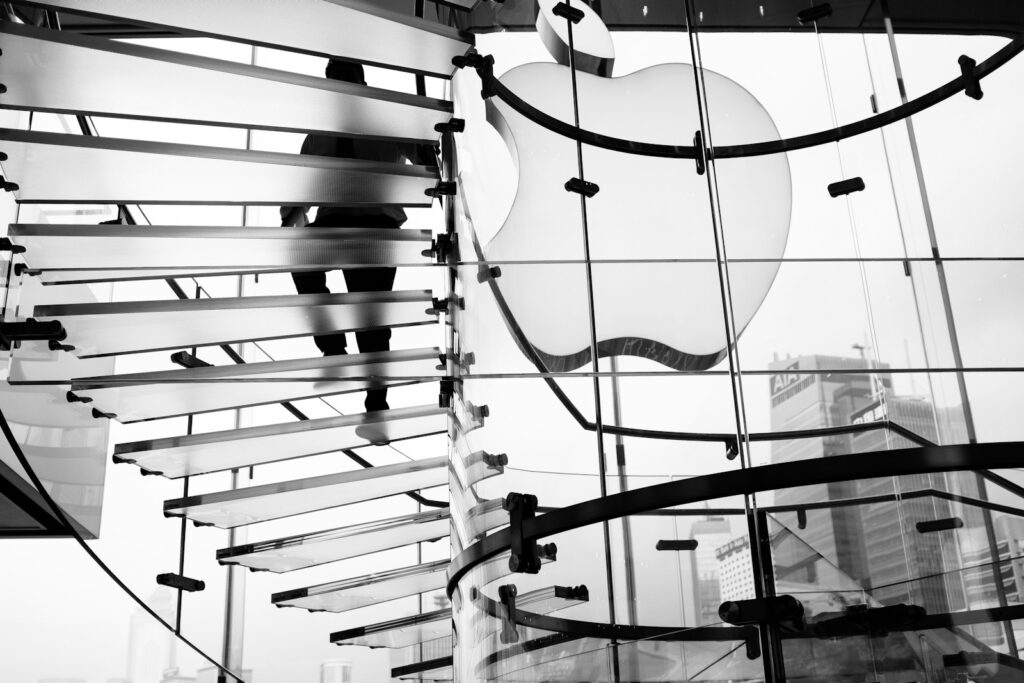
6. **Reclaiming Identity: Jobs’ Return and the Streamlining of Product Lines**After a turbulent period marked by leadership changes (Sculley replaced by Spindler, then Amelio) and various product flops like the Newton PDA and the vacillation over its software division Claris, Apple was in dire straits. By mid-1997, its worldwide market share had fallen to roughly 3%, and its financial situation was perilous. This era of floundering underscored the risks of a company losing its strategic direction and control over its core identity and product vision.
The pivotal moment arrived with the purchase of NeXT Software, Inc., the company Steve Jobs had founded after his departure from Apple in 1985. This acquisition, which brought Jobs back to Apple, laid the technological foundation for what would become macOS X. Upon retaking the helm as the “undisputed leader,” Jobs immediately set about revitalizing the company by making decisive moves to reassert control and clarity.
Jobs streamlined Apple’s “multiple (and confusing) product lines” and ended the “half-hearted (and profit-draining) program to license the Mac OS.” These actions were critical in focusing Apple’s efforts and re-establishing a cohesive vision for its ecosystem. This return to a tightly controlled, streamlined product strategy was fundamental to Apple’s renaissance, demonstrating that a singular, uncompromised vision, rather than dispersed efforts or licensing, was the path to innovation and profitability.

7. **The iPhone Era: Cementing the App Store as the Sole Gateway**The revitalization under Steve Jobs led to a series of groundbreaking product launches, from the iMac to iTunes and the iPod. However, it was the introduction of the iPhone and, subsequently, the App Store that irrevocably cemented Apple’s strategy of a tightly controlled, centralized platform for application distribution. The iPhone’s revolutionary user experience was inextricably linked to the curated ecosystem that the App Store provided.
The App Store, established as the sole gateway for applications on iOS devices, offered developers a vast, organized marketplace and users a trusted source for software. This model ensured that every app met Apple’s stringent guidelines for quality, security, and performance. By acting as the ultimate arbiter, Apple could guarantee a certain level of consistency and safety across its mobile platform, creating a “walled garden” that became a defining characteristic of the iOS experience.
This centralized control over app distribution became a cornerstone of Apple’s success, allowing it to foster a vibrant developer community while simultaneously protecting its users from malware, privacy breaches, and poor-quality applications. The App Store was not merely a storefront; it was a fundamental pillar of the iOS ecosystem, embodying Apple’s commitment to a seamless, secure, and managed user experience, profoundly influencing how consumers and developers alike interacted with its mobile devices. This era solidified the company’s conviction that maintaining control over its platform’s entry points was paramount.” , “_words_section1”: “1940
8. **The European Union’s Digital Markets Act (DMA): A Challenge to Gatekeepers**Apple’s meticulously curated ecosystem now faces a formidable challenge from the European Union. The Digital Markets Act (DMA), effective November 1, 2022, marks a significant shift in how major tech companies, designated as “gatekeepers,” must operate within the EU. This legislation fundamentally confronts the concept of a tightly controlled digital environment by compelling these giants to open their services and platforms to other companies and developers.
The DMA’s core objective is to ensure fair and competitive markets in the digital sector, specifically targeting entities with substantial power and influence. By labeling certain platforms and services as “gatekeepers,” the EU aims to curb anti-competitive practices and foster greater choice and innovation for both businesses and consumers. For Apple, whose historical success hinges on a high degree of integration and exclusive control, this designation mandates a departure from long-established operational norms and strategic principles.
This regulatory pressure directly challenges Apple’s decades-long commitment to a managed user experience. It demands a level of openness that could fundamentally redefine how users interact with their devices and how developers distribute their software, altering the carefully constructed balance Apple has maintained. The DMA acts as a powerful external force, pushing against the “walled garden” Apple has so diligently cultivated.
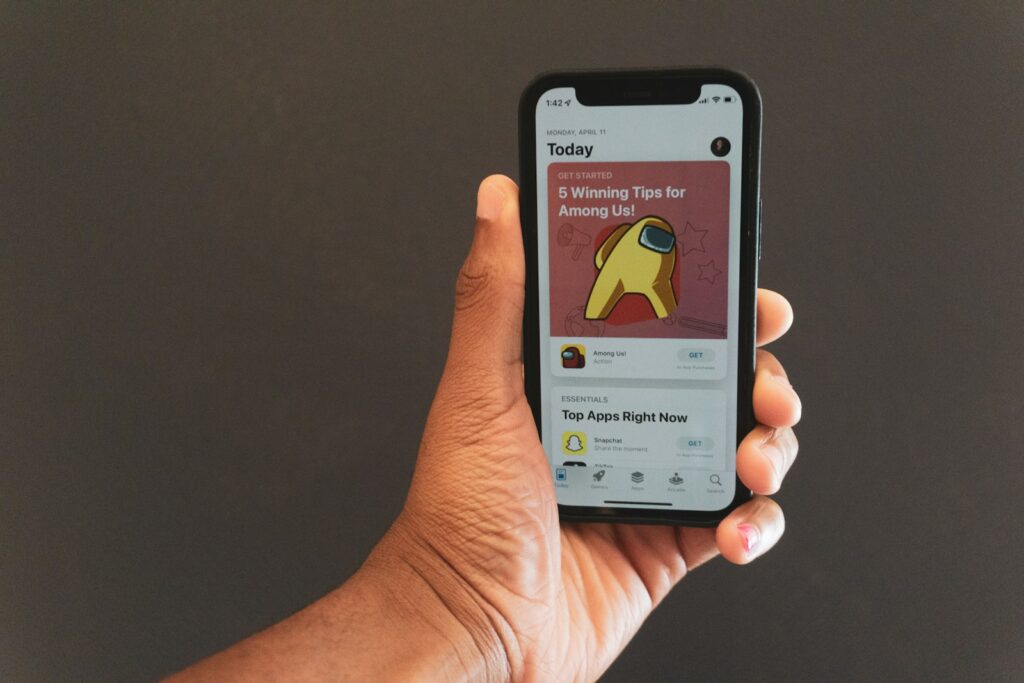
9. **The Mandate for Sideloading: Forcing Openness**Among the DMA’s most significant and contentious provisions is the explicit requirement for “gatekeeper” companies to enable sideloading. For Apple, this translates into a mandatory obligation to allow users to install applications from sources other than its official App Store. This is not a mere suggestion but a direct command, designed to offer users an alternative pathway for application distribution and to empower them to bypass Apple’s centralized marketplace if they choose.
This mandate directly challenges Apple’s long-standing App Store model, which has served as the sole gateway for iOS applications since its inception. For years, Apple has maintained that this exclusive channel is vital for ensuring app quality, user privacy, and overall platform security. The DMA’s insistence on sideloading, therefore, represents a stark philosophical divergence, pushing for a more open, albeit potentially less controlled, application environment on iOS devices.
While Apple has expressed profound concerns about the implications of sideloading, particularly regarding security and data, the company appears to have already begun putting preparations in place. This move, reportedly in anticipation of the early 2024 deadline, underscores the undeniable weight of regulatory pressure. It signifies a major pivot, forcing Apple to adapt deeply ingrained strategies and open its platform in ways it has historically resisted.

10. **Apple’s Core Argument: Privacy and Data Security Risks**In its ongoing legal challenges against the Digital Markets Act, Apple has consistently articulated a primary concern: the potential degradation of user privacy and data security. The company views its controlled ecosystem, particularly the App Store’s rigorous review process, as a critical bulwark against malicious software and unwarranted data collection. Introducing alternative app distribution channels, such as sideloading, is perceived by Apple as dismantling this protective layer, exposing users to unforeseen risks.
Apple’s public stance, reiterated in statements regarding the DMA, explicitly states, “We remain very concerned about the privacy and data security risks the DMA poses for our users.” This aligns with the company’s long-cultivated brand image as a protector of user data. They argue that without the App Store’s oversight, there could be a proliferation of apps bypassing security checks, potentially introducing malware or exploiting personal information without consent.
This argument is deeply rooted in Apple’s historical design philosophy, which prioritizes a secure, predictable, and managed user environment. Ensuring a cohesive and safe experience has been paramount from its earliest days, and the App Store was engineered to extend that philosophy to mobile applications. For Apple, opening up the platform is not merely a change in distribution strategy; it’s a compromise of a fundamental principle.
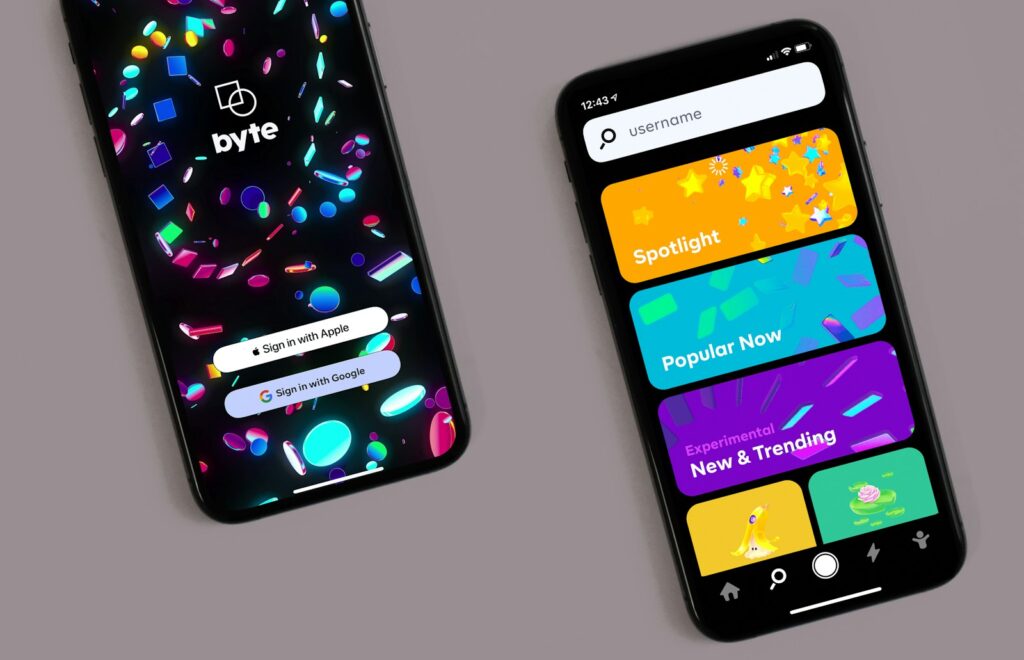
11. **The App Store’s ‘Gatekeeper’ Designation and Apple’s Legal Challenge**The European Commission’s decision to include the App Store on its list of “gatekeeper” platforms under the Digital Markets Act is a point of contention for Apple. The company has filed a legal challenge against the DMA, specifically targeting decisions made by the European Commission. While the precise details remain undisclosed, it is widely expected that a central component of Apple’s case revolves around disputing this very designation.
Being classified as a “gatekeeper” carries immense implications, requiring Apple to implement substantial changes to its platform, including the controversial mandate for sideloading. This classification impacts not only the App Store’s operational model but potentially other core services, demanding a level of interoperability and openness that could fundamentally reshape Apple’s business strategy and revenue streams. The legal challenge is an attempt to defend its autonomy and established commercial practices.
Apple is not alone in its resistance; other tech titans such as Meta and TikTok have also lodged similar appeals, disputing their inclusion on the European Commission’s gatekeeper list. This collective pushback from industry giants underscores the profound impact of the DMA and highlights a broader struggle between regulators seeking to rein in market power and companies striving to protect their established ecosystems.
12. **Developer Adaptation Challenges: The Case of iOS 17/18 and macOS Sequoia**Even within Apple’s tightly controlled ecosystem, new operating system versions frequently present significant hurdles for developers. We’ve witnessed this with recent updates like iOS 17, iOS 18, and macOS Sequoia, where users report apps crashing, freezing, or failing to launch. This demonstrates the inherent complexity of optimizing software for new system architectures and features, even when all parties are working within a unified, well-documented platform.
The provided context highlights these difficulties, noting that “the newer updates need time to be fully optimized with the newer released devices.” It further explains that “developers also need time to understand the code of the latest updates and make their apps compatible accordingly.” A clear example is the “new dynamic island feature in the iPhone 14 Pro Max,” for which developers required months to ensure full app compatibility. This illustrates that even under controlled conditions, ensuring seamless app functionality post-update is a substantial undertaking.
If developers face such significant hurdles adapting apps to Apple’s meticulously managed OS updates, the complexities introduced by an entirely open, sideloading-enabled environment could be exponentially greater. An uncontrolled ecosystem might introduce a vast array of variables, from inconsistent security standards to fragmented compatibility requirements across various third-party app stores or direct download sources. This inherent challenge further underpins Apple’s concerns about widespread platform openness.

13. **The User Experience Paradox: Stability vs. Freedom**Apple’s enduring success has been inextricably linked to its reputation for delivering a stable, intuitive, and high-quality user experience. This commitment, deeply embedded in its design philosophy from the early days of the GUI and Macintosh, stems directly from its integrated and controlled ecosystem. Users have come to expect predictability, security, and seamless performance, largely facilitated by Apple’s gatekeeper role over app distribution and system coherence. This “blanket of security,” as one user in the context described it, is a significant part of the value proposition.
However, the growing calls for platform openness, spurred by regulations like the DMA and consumer demand for greater choice, introduce a fundamental paradox. While Apple champions stability and security through its controlled environment, critics argue this comes at the cost of user freedom and competitive innovation. The desire to “tinker” and access apps outside the official App Store reflects a push for more personal agency over one’s device, challenging the notion that a curated experience is always the optimal one for every user.
This tension creates a complex dilemma for Apple. Maintaining strict control allows the company to uphold its promise of a premium, secure experience and guard against privacy and data security risks. Yet, resisting demands for openness can be perceived as monopolistic and restrictive. Navigating this paradox means finding a delicate balance where user choice can coexist with Apple’s long-standing commitment to a consistent, safe, and high-performing platform.
Read more about: The 2025 Toyota Wish Redesign: The Ultimate MPV Reimagined, and Your Guide to Finding Your Automotive Wish List Gem
14. **The Mac Analogy: A Precedent for Controlled Openness?**Amidst the heated debate over opening up iOS, many have pointed to the macOS ecosystem as a potential precedent for how a more open, yet still secure, app distribution model could function. As one user aptly noted, “the Mac… allows for Apps to be downloaded from the App Store, or from online with verification for security, but we are able to disable the verification.” This highlights that flexibility already exists within Apple’s broader product portfolio without widespread chaos or security catastrophes.
On the Mac, users have a choice: they can download applications from the curated App Store for a vetted experience, or opt for apps directly from developers or third-party websites. For these external applications, macOS employs Gatekeeper, which performs security checks and verifies developers, providing a layer of protection. Crucially, while this verification is enabled by default, users possess the option to disable it if they understand the risks, allowing them to install any software they choose. This model offers a spectrum of control, from highly curated to fully open.
Proponents of greater iPhone openness argue that if Mac users can navigate this system safely, a similar approach for iOS could also work effectively. They contend that this would “give people options” – allowing those who value Apple’s “blanket of security” to remain within the App Store, while those who “want to tinker” or access alternative apps can do so, potentially making it a “win-win” scenario. This perspective suggests that Apple could introduce sideloading with robust security features.
However, the analogy is not without its nuances. The iPhone is a vastly more ubiquitous device, often used by a broader, less technically inclined audience, and its mobile nature presents different security vectors. While the Mac’s model offers a compelling vision of controlled openness, implementing it on iOS would require careful consideration of these distinctions to ensure that increased freedom does not inadvertently lead to a significant increase in security vulnerabilities for the average user, thereby maintaining the core tenets of Apple’s long-held philosophy.
**Conclusion**
As we conclude this exploration into Apple’s enduring resistance to fully opening its platforms, it’s clear that the company’s stance is far from arbitrary. It’s a tapestry woven from decades of strategic decisions, foundational design principles, and a deeply ingrained commitment to delivering a specific kind of user experience—one characterized by control, security, and intuitive simplicity. From the pioneering days of the graphical user interface to the modern dominance of the App Store, Apple has consistently prioritized a curated environment, believing it to be the optimal path to quality and user protection.
Yet, this meticulously constructed “walled garden” is now under unprecedented pressure, primarily from regulatory bodies like the European Union’s Digital Markets Act. The mandate for sideloading and the classification of Apple’s platforms as “gatekeepers” are forcing a re-evaluation of its long-held strategies, compelling the company to confront the tension between its vision of controlled excellence and the global demand for greater openness and user choice. Apple’s concerns over privacy and data security are genuine reflections of its operational philosophy, forming the bedrock of its arguments against an unfettered app ecosystem.
The path forward for Apple will undoubtedly involve delicate compromises, shaping not only its future but also setting precedents for the entire tech industry in an era where digital sovereignty and consumer rights are increasingly paramount. This evolving landscape promises a fascinating journey, as Apple strives to innovate while navigating the shifting sands of regulation and user expectation, continuing its quest to define the optimal digital experience.

